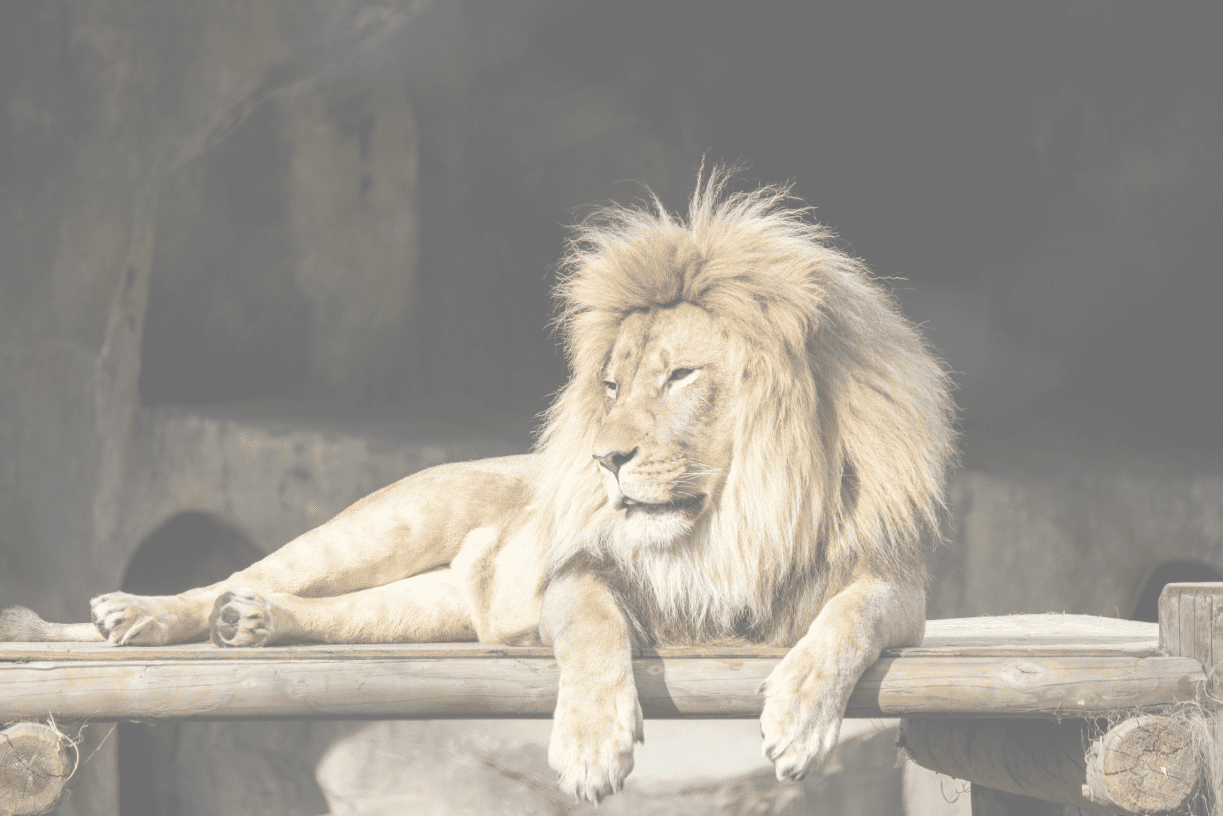
The Lion: A Timeless Symbol of Strength and Majesty
The lion, often referred to as the "king of the jungle," is one of the most iconic and revered animals in the world. Found primarily in Africa and parts of India, lions are known for their powerful presence, social behavior, and majestic manes. In ancient times, lions also roamed parts of Europe and the Middle East, symbolizing strength, courage, and nobility in various cultures.
Today, lions face significant threats, including habitat loss, poaching, and human-wildlife conflict. Wildlife reserves play a crucial role in protecting these magnificent creatures, providing them with vast, secure territories to live, hunt, and thrive. In reserves, lions can roam freely in environments designed to mimic their natural savannah or grassland habitats.
Lions are unique among big cats for their social nature, living in prides consisting of several females, their cubs, and a dominant male. Visitors to reserves are often captivated by the sight of lionesses working together to hunt or playful cubs learning essential survival skills. Educational programs within these reserves highlight the importance of preserving lion populations and their ecosystems, ensuring that future generations can continue to admire these majestic creatures.
Conservation efforts are ongoing, with some reserves focusing on breeding programs for endangered lion subspecies, such as the Barbary lion. By supporting these reserves, we contribute to the survival of lions and help maintain the balance of the ecosystems they inhabit. The lion remains a timeless symbol of the wild, reminding us of the beauty and fragility of our natural world.

